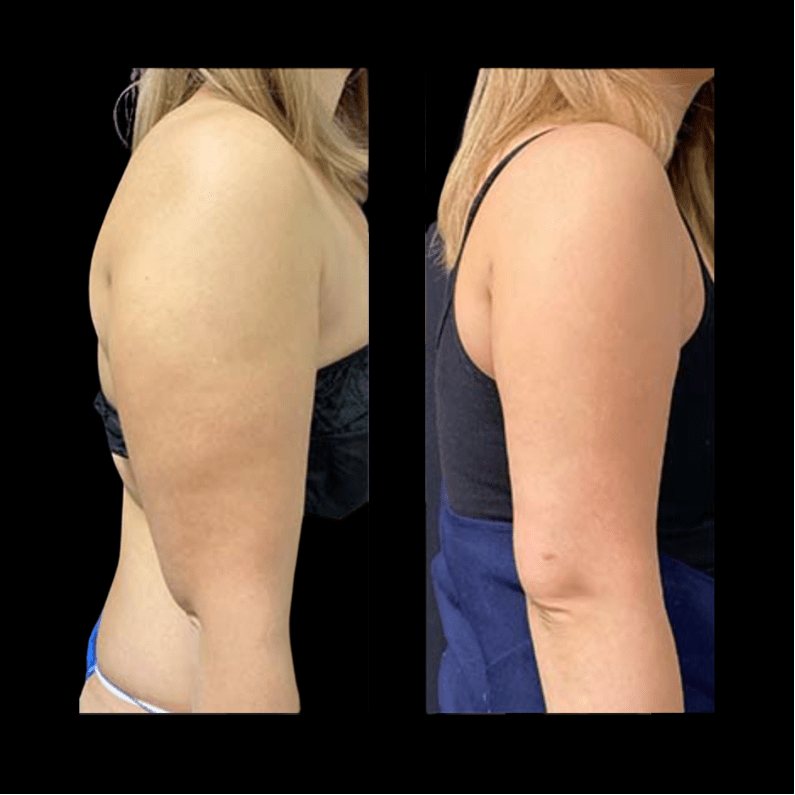
Black dots on teeth can be a concerning and visually distressing issue, prompting individuals to seek answers about their origin and potential implications. This article aims to explore the various causes behind the appearance of black dots on teeth, shedding light on both common and less-known factors that may contribute to this dental phenomenon.
1. Poor Oral Hygiene and Plaque Buildup
1.1 The Role of Plaque
One of the primary causes of black dots on teeth is poor oral hygiene leading to the accumulation of plaque. Plaque is a sticky film of bacteria that forms on teeth, and when not adequately removed through regular brushing and flossing, it can harden into tartar. The dark appearance of these dots may result from the discoloration of plaque or the presence of pigmented bacteria.
1.2 Addressing Poor Oral Hygiene
Improving oral hygiene practices, including regular brushing, flossing, and professional dental cleanings, is crucial to preventing and addressing black dots caused by plaque buildup. Consistent oral care helps remove the plaque and maintain the natural color of the teeth.
2. Dental Cavities and Decay
2.1 Early Signs of Cavities
Black dots on teeth can be an early indication of dental cavities or decay. When tooth enamel begins to demineralize due to acid produced by bacteria, small black spots may appear. As the decay progresses, these dots can turn into cavities, leading to more significant oral health issues if left untreated.
2.2 Professional Assessment and Treatment
A visit to the dentist for a comprehensive examination and X-rays can help identify cavities in their early stages. Treatment options may include dental fillings to restore the affected areas and prevent further decay.
3. Dental Trauma and Bruising
3.1 Impact on Tooth Color
Dental trauma, such as a blow to the tooth, can cause internal bleeding within the tooth structure. This may lead to discoloration, manifesting as black dots on the affected tooth. The trauma can damage blood vessels and result in the release of blood pigments that stain the tooth from within.
3.2 Seeking Immediate Dental Care
Immediate dental attention is crucial after trauma to assess the extent of damage and determine the appropriate course of action. Depending on the severity, treatment may involve restorative procedures or cosmetic interventions to improve the tooth’s appearance.
4. Dental Restorations: Fillings and Crowns
4.1 Metal-Based Restorations
Dental fillings and crowns made from metal alloys, such as amalgam, may contribute to the appearance of black dots on teeth over time. The metal components in these restorations can oxidize, leading to discoloration that may be visible through the tooth structure.
4.2 Exploring Alternative Restorative Materials
Patients concerned about the aesthetic impact of metal restorations can discuss alternative materials with their dentist, such as tooth-colored composite fillings or ceramic crowns, which can provide both strength and a natural appearance.
5. Tooth Staining from Foods and Beverages
5.1 Pigmented Substances
Consumption of certain foods and beverages with intense pigmentation, such as coffee, tea, red wine, and certain berries, can contribute to tooth staining. Over time, these substances may cause dark spots or dots to appear on the teeth.
5.2 Minimizing Staining with Oral Hygiene Practices
While it’s challenging to eliminate all staining agents from the diet, maintaining good oral hygiene practices, including regular brushing and professional cleanings, can help minimize the impact of staining and prevent the formation of black dots.
6. Smoking and Tobacco Use
6.1 Nicotine Stains
Smoking and the use of tobacco products introduce nicotine and tar to the oral cavity, leading to persistent stains on teeth. These stains can manifest as black dots or dark spots, affecting both the enamel and, in more severe cases, the underlying dentin.
6.2 Quitting Smoking for Oral Health
Quitting smoking and tobacco use not only benefits overall health but also plays a significant role in improving oral hygiene and preventing further discoloration. Professional teeth cleaning and whitening procedures may be recommended to address existing stains.
7. Genetic Factors and Tooth Development
7.1 Inherited Dental Characteristics
Genetic factors can influence tooth development and characteristics. Some individuals may inherit traits that make them more prone to specific dental issues, including the development of black dots on their teeth.
7.2 Personalized Dental Care
Understanding one’s genetic predispositions can inform personalized dental care plans. Regular dental check-ups and consultations with a dentist can help address genetic factors, providing proactive solutions to maintain optimal oral health.
8. Medications and Dental Discoloration
8.1 Tetracycline and Minocycline Antibiotics
Certain antibiotics, such as tetracycline and minocycline, can cause intrinsic tooth discoloration when taken during tooth development. This may lead to the appearance of black dots or other dark hues on the teeth.
8.2 Consultation with a Healthcare Professional
If medications are suspected to be the cause of dental discoloration, it’s crucial to consult with a healthcare professional. They can evaluate the potential side effects and explore alternative treatment options while prioritizing overall health.
9. Iron and Copper Overload Conditions
9.1 Hemochromatosis and Wilson’s Disease
Medical conditions associated with iron overload, such as hemochromatosis, or copper overload, as seen in Wilson’s disease, can lead to dark discoloration of the teeth. These systemic conditions can affect various organs, including the teeth.
9.2 Managing Systemic Health
Treating underlying medical conditions is essential in managing dental discoloration caused by iron or copper overload. Collaborative care between medical and dental professionals is often necessary for comprehensive treatment.
10. Environmental and Water Source Factors
10.1 High Fluoride Content
Excessive fluoride exposure, either through environmental sources or drinking water with high fluoride content, can result in dental fluorosis. This condition may cause dark spots or discoloration on the teeth, especially during tooth development in childhood.





